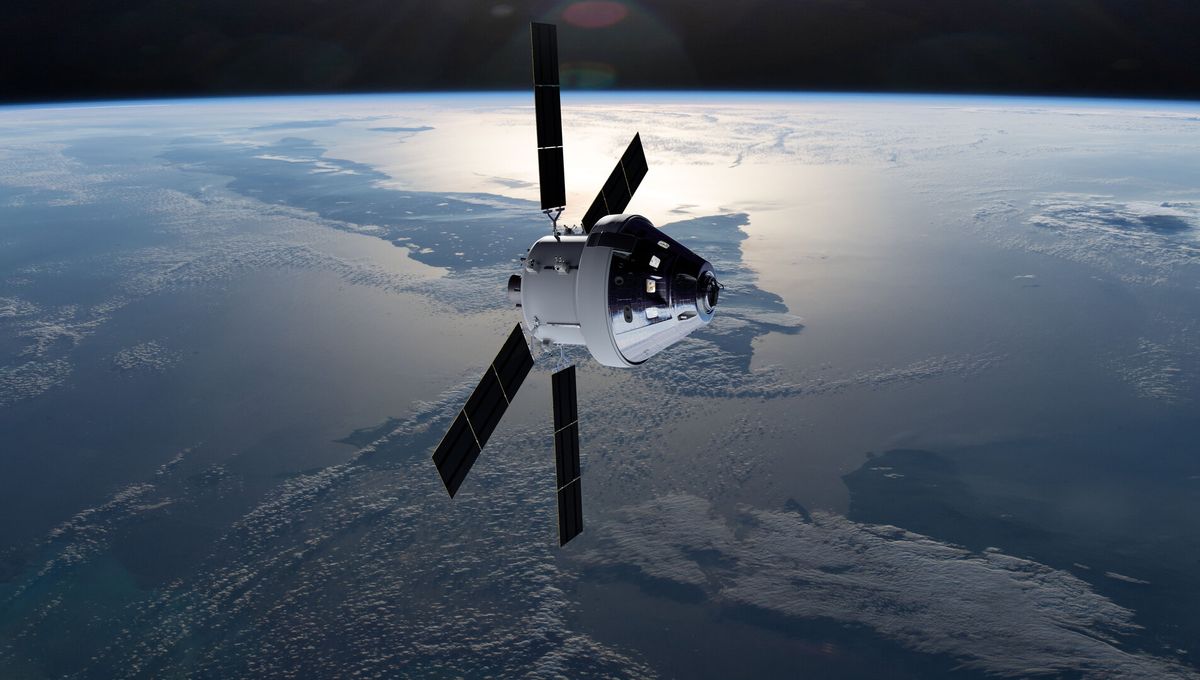
The mission to return humans to the Moon is moving on to its next phase, NASA has announced. While reporting the current analysis of the successful uncrewed Artemis I mission, the agency revealed when the first crewed mission will take place.
Artemis I was the first test flight for NASA’s megarocket Space Launch System (SLS) and Orion spacecraft and spent 25.5 days in space. Artemis II will be the first crewed flight to the Moon before Artemis III actually lands on the lunar surface.
NASA revealed that as the Orion capsule successfully survived Earth reentry without burning up, the next launch is now expected for November 2024. The four-astronaut crew, including one Canadian, will be announced later this year.
“We’re looking forward to that crew flying on Artemis II,” Jim Free, NASA associate administrator for the Exploration Systems Development Mission Directorate, said during the press conference Tuesday. “Right now there’s nothing holding us up based on what we learned on Artemis I.”
Despite the many delays, the SLS rocket – the most powerful rocket ever to launch – outperformed many expectations while the Orion spacecraft completed more than 161 test objectives, 20 of them added during the flight because it was all going so well. The European-built service module generated 20 percent more power and used 25 percent less energy than predicted.
As it starts the preparation for Artemis II, NASA is still going through all the data from the first foray.
“We’re learning as much as we possibly can from Artemis I to ensure we fully understand every aspect of our systems and feed those lessons learned into how we plan for and fly crewed missions,” explained Free in a statement. “Safely flying crew is our top priority for Artemis II.”
Assuming the success of Artemis II, Artemis III will see humans land at the Moon’s South Pole potentially in November 2025.
“Our plan has always been 12 months [between missions], but there are significant developments that have to occur,” Free cautioned. “We’re still sticking with that 12 months, but we’re always looking at the development of all the hardware that has to come together for that.”
Source Link: Humans Will Fly Around The Moon In 2024, NASA Announces